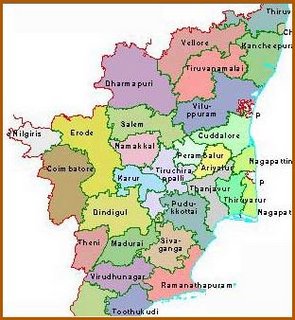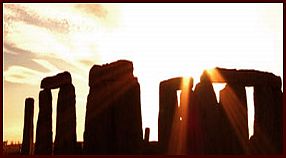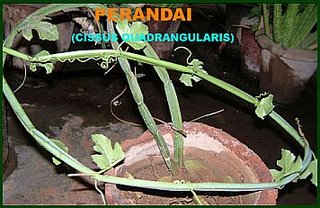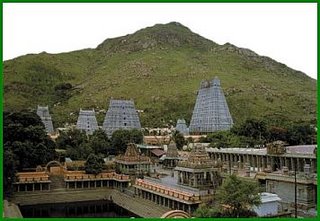
'. . . So, I am a simpleton. Not only can I not define (even to myself), but that lifelong obsession of mentally grasping has dropped; even the desire to 'know' this or that has dropped. It is futile. The mind will never, and can never know anything except its own concepts. So ultimately all we can do is to describe a concept, and from a literary point of view it can be entertaining, but I don't think there is anything truly revelatory or long lasting about it all. It doesn't really make an impact and that is why, whatever really does is a complete mystery and cannot be described. And Arunachala does make an impact, it is a chemical, so subtle, like a breeze. And so, for my life, to be here close to the fire of this holy place, this ancient embodiment of Shiva, who could possibly express their thanks for this destiny?
Who can even comprehend the grace to be here: to have the eyes fall upon this Arunachala at any moment; being outside, going to town the hill is there, doing pradakshina or just sitting in a field, it is there. Looking out the bedroom window, it is there; in the darkness the silhouette of its shape stands out. The many moods of light and cloud upon the surface of the Hill, now green, soon brown and again the monsoon and green again. It is a palpable life force ever present, our father and mother. Sometimes pure fire, sometimes sweet tenderness. It is alive and full of power and you drink it in whether aware or not aware, this energy permeates my very being down to the smallest cell. Atom to atom it fills me and transforms the heart in secret, unknown ways. Such a mystery this Silence of the Hill, such a mystery.'
[Nan Richards]










